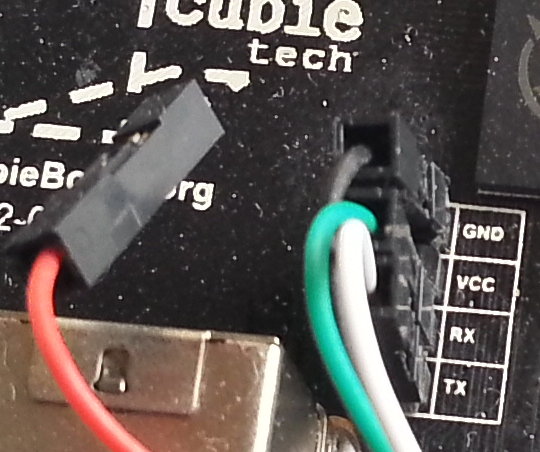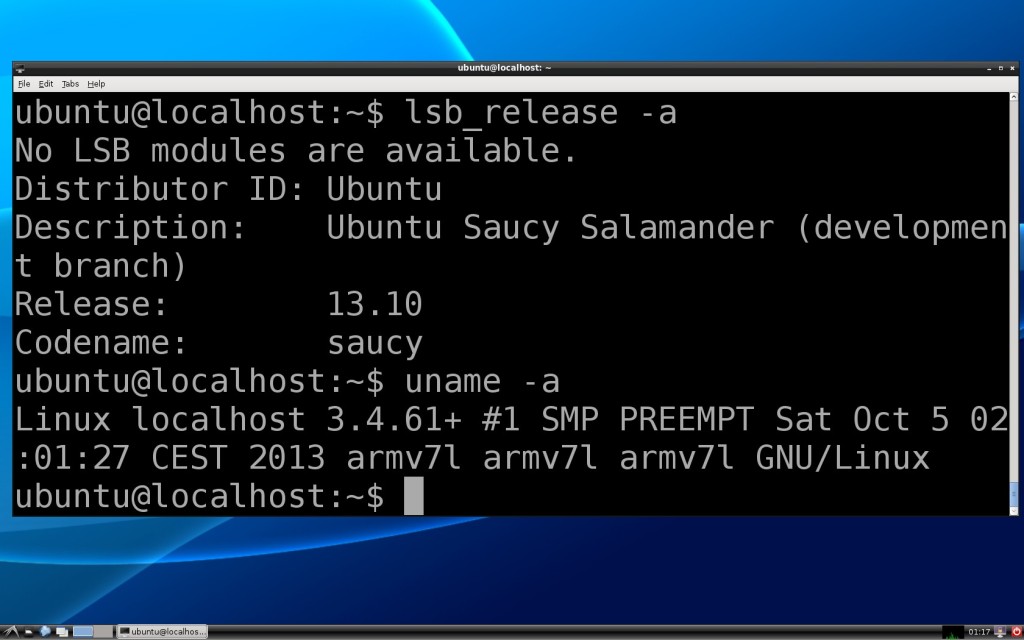Align disk partitions on their cylinders, is, knowing that most frequent datas feet on a cylinder:
* Avoid to read 2 cylinders instead of one => gain time at read, reduce useless cache usage, gain bandewidth.
* Avoid to write 2 cylinders when only one is good enough => gain time, reduce useless cache usage, gain bandwith, reduce wearout
* For the previous reason, allow to grow greatly timelife of an SSD disk (number of writing cycles is limited on an SLC, more on an MLC, even more on a TLC, but the price of this last one is the lower by GB).
A simple method to know if your partitions are well aligned on cylinders
Launch cfdisk on the disk you want to optimize (replace /dev/sda, by the disk to optimize: /dev/sdb, /dev/sdc…):
cfdisk /dev/sda
If you see an asterisk (or star) at the most right of a partition ligne, this one is not aligned on cylinder. In my case, I have to remake all the partitions but sda3:
cfdisk (util-linux 2.20.1)
Disk Drive: /dev/sda
Size: 240057409536 bytes, 240.0 GB
Heads: 255 Sectors per Track: 63 Cylinders: 29185
Name Flags Part Type FS Type [Label] Size (MB)
------------------------------------------------------------------------------
Pri/Log Free Space 1.05*
sda1 Boot Primary ext4 51158.98*
Pri/Log Free Space 1.22*
sda2 Boot Primary ext4 53686.01*
Pri/Log Free Space 0.41*
sda3 Primary ext4 135207.16
Pri/Log Free Space 2.62*
[ Help ] [ New ] [ Print ] [ Quit ] [ Units ]
[ Write ]
Create new partition from free space
How to create an unique partition, using the whole disk and well fited
Using the old usagemode of fdisk. I found this tip on an Ubuntu documentation.
Replace /dev/sdX by the disk on which you want to create aligned partition:
fdisk /dev/sdX
c
u
p
n
[return key]
[return key]
[return key]
[return key]
w
Et voilà, you will see a beautifull result on cfdisk
To create several aligned partitions: Choose the good option instead of the 4 time [return key] and redo the n (new), for each partition.

